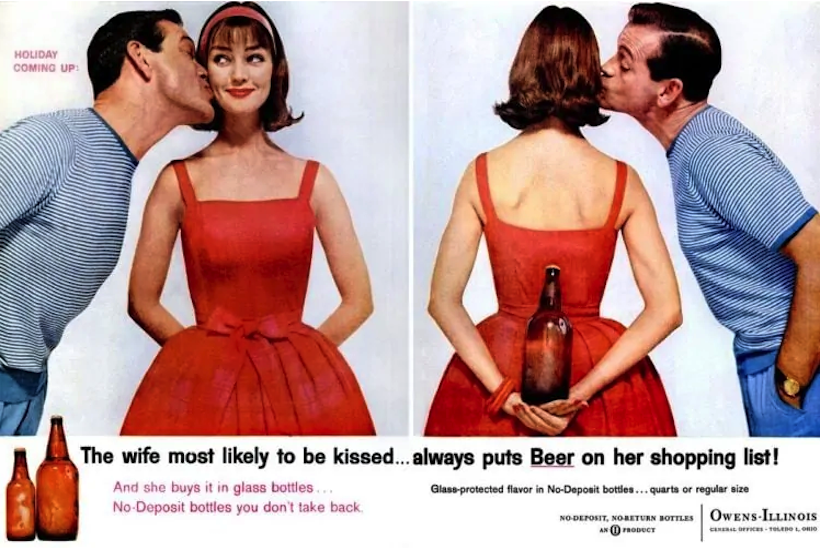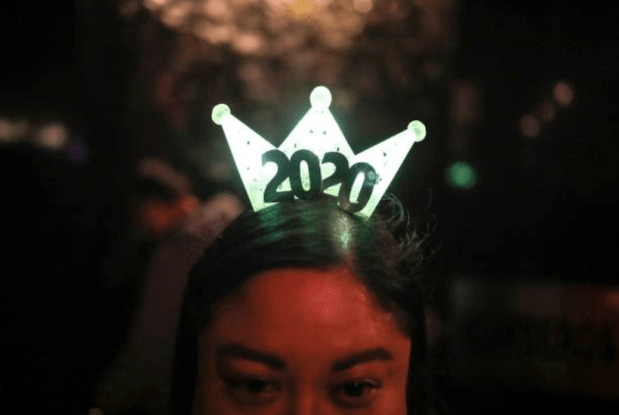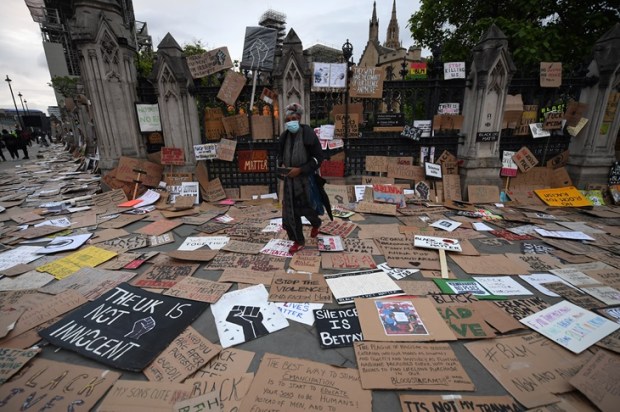Equality between the sexes, so good in theory, doesn’t necessarily deliver in practice:
Marriage rates have steadily declined over the past few decades, and now researchers from Cornell University are offering up a possible explanation: there just aren’t as many economically-attractive men for unmarried women to meet as there used to be.
Previous studies had attempted to answer why marriage rates are on the decline, but most focused solely on gender ratio discrepancies as opposed to looking into the specific socioeconomic characteristics that make a particular man and woman a good match.
First, the study’s authors examined data collected on recent marriages between 2007-2012 and 2013-2017, gathered as part of the American Community Survey’s cumulative 5-year marriage statistics. That data was used to estimate the financial and sociodemographic characteristics of unmarried women’s potential husbands by creating economic profiles that resembled real husbands who had married comparable women. These potential husband estimates were then compared to actual population data on unmarried men across national, state, and local locations.
Researchers found that these estimated potential “dream” husbands had an average income about 58% higher than the actual unmarried men currently available to unmarried women. These synthetic husbands were also 30% more likely to be employed than real single men and 19% more likely to have a college degree.
So, essentially, it appears that (American) women are marrying less because there are not enough men out there who earn sufficiently to be marriageable materials.
This is, of course, hardly a surprising discovery, as for millennia women married – or were married by their families to – men who could provide economic security for a family unit in a world where men were overwhelmingly the sole breadwinners or at least did most of the work generating income.
Economic and social circumstances have been (fortunately) changing in the past century or two and we are now heading towards (in the developed world, at least) equal job participation and closing “the wage gap”.
But as an educational and workplace equality becomes more of a reality for women, the economic conditions are having inevitable social consequences:
It was also observed that many racial and ethnic minorities, specifically African American women, seem to be dealing with especially low numbers of economically attractive potential mates. Additionally, women on both the low end and high end of the socioeconomic spectrum face a harder time finding an economically compatible mate.
It’s those women at the higher end of the socioeconomic spectrum – tertiary educated, professional – that are the victims of equality, and their situation will only keep getting worse, unless there is a major value readjustment on the cards (what a female “New York Post” journo describes as “dating down”).
Women in the great middle of the bell curve can always aspire to find a more economically successful mate; those at the higher end of the distribution face increasingly fewer and fewer men like that.
In the circumstances of perfect economic gender equality there will be none, leaving an increasing number of women unmarried or learning to live with men of the same or lower socio-economic status — because, alas, you can’t have everything.
Arthur Chrenkoff blogs at The Daily Chrenk, where this piece also appears.
Illustration: Tumblr.
Got something to add? Join the discussion and comment below.
Got something to add? Join the discussion and comment below.
Get 10 issues for just $10
Subscribe to The Spectator Australia today for the next 10 magazine issues, plus full online access, for just $10.


























Comments
Don't miss out
Join the conversation with other Spectator Australia readers. Subscribe to leave a comment.
SUBSCRIBEAlready a subscriber? Log in